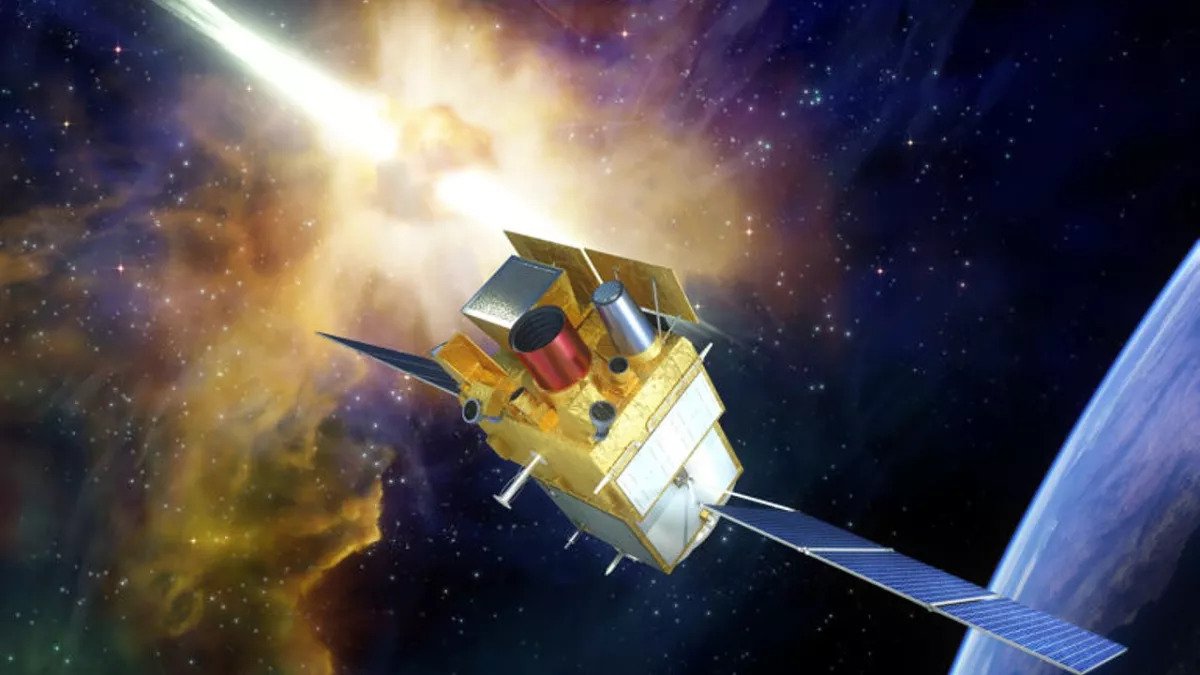France is preparing to send two astronomical instruments to China, which will be installed on the SVOM satellite. Two countries have been developing it for several years to study gamma-ray bursts. The launch should take place in December.

France is ready to transfer telescopes to China
France and the People’s Republic of China have been developing a Space-based multi-band astronomical Variable Objects Monitor (SVOM) satellite since 2014, designed for space exploration in high-energy ranges.
China’s main contractor is the Chinese National Space Administration (CNSA). They are responsible for the manufacture of the satellite platform itself and the telescope operating in the visible part of the spectrum. France is represented by the National Centre for Space Studies (CNES). It is this organization that is responsible for the creation of two scientific instruments placed on the spacecraft.
The satellite itself, weighing 930 kg, is only planned to be launched from a cosmodrome in southern China. It is expected that it will be put into orbit with the help of the Long March 2C rocket. But two French telescopes: ECLAIR, which operates in the gamma-ray range, and MXT, which studies microwave radiation, are already ready to be sent to China.
In addition to these organizations, the Institut de Recherche en Astrophysique et Planetologie (IRAP) in France, the National Astronomical Observatory of China (NAOC), the Institute of High Energy Physics (IHEP) in China, as well as the University of Leicester and the National University (UNAM) are also participating in the project.
What will SVOM explore
SVOM will be able to explore numerous phenomena that can be seen in space in the gamma and X-ray ranges. But its main target will be gamma-ray bursts. These are some of the most powerful phenomena in the Universe, which still remain poorly understood due to the fact that they always occur unexpectedly and last very little time.
According to modern ideas, the cause of gamma-ray bursts can be a variety of phenomena: the merger of neutron stars and black holes or the collapse of very massive stars. So far, none of these events have been observed in full detail.
Scientists hope that due to the fact that telescopes will be placed on SVOM that will work in different ranges, they will be able to examine these processes in detail and understand why such a powerful pulse is generated in the most energetic part of the spectrum.
According to www.space.com
Follow us on Twitter to get the most interesting space news in time
https://twitter.com/ust_magazine

